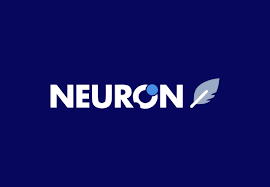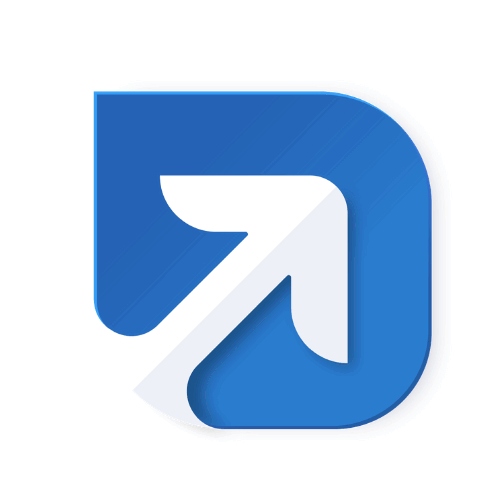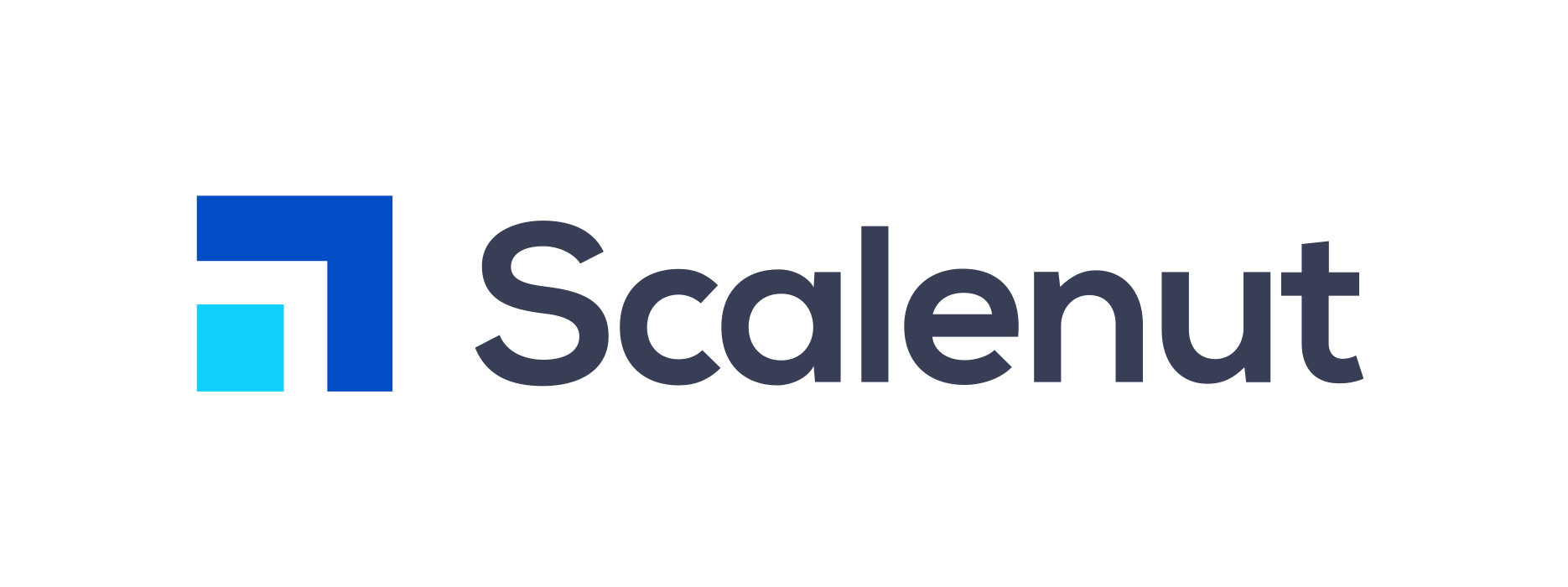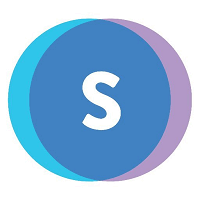What Is Content Creation Tools?
Material Creation Tools include a wide range of software, applications, and platforms that help you create, organize, and manage digital material. These tools are intended to ease the content creation process, from ideation to publication, and are a must-have for businesses, bloggers, writers, marketers, and anybody trying to develop a strong online presence.
With the rise of digital marketing and the growing demand for high-quality, engaging material, content production tools have emerged as a vital component of any successful marketing plan. These tools provide a wide range of features and capabilities, including content planning, writing and editing, graphic design, video creation, social media management, and analytics, to assist you in creating and distributing information that is relevant to your target audience.
One of the primary benefits of employing content production tools is the increased efficiency and time savings they provide. These tools allow you to streamline your content creation process by automating processes, collaborating with team members, and accessing numerous templates and resources, freeing up time to focus on other elements of your business.
Furthermore, content production tools have a user-friendly interface and need little to no technical knowledge, making them available to users of all skill levels. This enables businesses and individuals without a dedicated marketing team to develop professional-looking and engaging content that will help them expand their online presence and reach their target audience.
Finally, content production tools are available in a variety of formats, including standalone software, web platforms, and plugin solutions, making it easy to pick one that meets your individual requirements and budget. With so many alternatives available, it is critical to investigate and compare several tools to find which one best fits your aims and objectives.
What Are The Recent Trends In Content Creation Tools?
Content creation tools have grown greatly in recent years, owing to technological improvements and content creators' changing needs. As a buyer in the market for these tools, staying up to date on the newest developments in content creation is critical for making educated purchasing decisions. Here are some major trends to consider while selecting the proper content development tools for your needs:
1. Integrated Features And User-Friendly Interfaces: Previously, content creation tools were designed for specific activities such as image editing or video creation. However, current trends indicate an increase in content production tools with integrated capabilities that allow producers to accomplish several jobs on the same platform. These programs also have user-friendly interfaces, allowing users of diverse technical expertise to create high-quality material.
2. Mobile-Friendly Tools: As mobile devices and social media have grown in popularity, so has the demand for mobile-friendly content creation tools. Thanks to a variety of mobile-friendly tools, content creators can now shoot, edit, and publish their work using only their cellphones. These solutions save time and effort while also enabling real-time content creation and fast responses to popular subjects.
3. Artificial Intelligence And Automation: Artificial intelligence and automation have entered the field of content creation, and it's no wonder that they've become major trends in recent years. These technologies are currently available in a variety of content creation platforms, assisting with activities like automated image and video creation, content selection, and scheduling. This not only streamlines the content development process, but also enables for more tailored and targeted material.
4. Interactive And Immersive Content: Recent trends indicate that interactive and immersive material, such as 360-degree videos, virtual and augmented reality, and live streaming, are becoming more popular. As a result, content creation tools are now designed to produce such engaging material, allowing creators to stand out from the crowd and create an unforgettable experience for their audience.
5. Collaboration And Cloud-Based Solutions: The expansion of remote work and the necessity for collaboration has resulted in a surge in cloud-based content production technologies. These solutions enable real-time collaboration among team members, allowing them to work on a project from multiple places. It also enables secure storage for content files, making them easy to update and share. To summarize, staying current on the latest developments in content production tools is critical for making the proper purchasing decision. Keep these trends in mind as you select a tool that matches your demands and keeps you ahead of the competition in the realm of content creation.
Benefits Of Using Content Creation Tools
Content creation tools are vital for both organizations and creators, as they provide numerous benefits that can significantly increase the productivity and quality of content development. In this buyer's guide, we'll look at the main benefits of employing content production tools and how they can help you improve your content game.
1. Time savings: One of the most major advantages of using content creation tools is the amount of time they save. With these tools, you won't have to spend hours brainstorming ideas, researching, and preparing your material. These technologies' automation and streamlined processes allow you to perform jobs in a fraction of the time, freeing up time to focus on other elements of your organization.
2. Improved Consistency: Consistency is essential in content development since it promotes brand trust and loyalty. Content production tools include templates, style guides, and other capabilities that ensure your content's tone, voice, and branding aspects are consistent. This consistent approach strengthens your brand's identity and makes it easier to connect with your target audience.
3. Increase Creativity: work production tools include a number of creative tools and features that can improve the quality of your work. These tools enable you to experiment with various designs, layouts, and images, making your material more visually appealing and engaging for your target audience. They also provide tips and recommendations to help you generate new ideas and push your creativity to the next level.
4. Cost-Effective: Investing in content development tools can lead to long-term cost savings. These tools allow you to create high-quality content without needing to engage a professional designer or marketer. This can considerably cut total content creation costs and make it easier for businesses of all sizes to develop compelling and visually appealing content.
5. Data-Driven Insights: Most content creation systems include analytics and data tracking features that can help you gain useful insights regarding your content's performance. These insights can help you understand what types of content work best, which platforms are the most effective, and what changes you can do to improve your content's performance. Using data-driven insights can dramatically improve your content strategy and enable you to reach your target audience more effectively.
6. Cooperation And Team Management: In today's digital landscape, most organizations employ remote teams, making cooperation and project management difficult. Content creation tools include elements that enable seamless collaboration and team management, making it easier to work on projects with team members in multiple places. This helps to increase efficiency, production, and overall content quality.
Important Factors To Consider While Purchasing Content Creation Tools?
As the demand for high-quality and interesting content grows, investment in content creation tools has become critical for both organizations and individuals. With so many options available on the market, it might be difficult to select the correct instruments for your specific needs. To make the best buying decision, below are the crucial aspects to consider when choosing content production tools.
1. Type Of Content: The first and most important consideration is the type of content you intend to publish. Do you require tools for writing material, visual content, or both? This will help you limit down your alternatives and guarantee that the tools you chose can create the type of material you need.
2. Features And Functionality: Content production tools have a variety of features and functionalities that help expedite and improve the development process. Consider the elements that are most important to you, such as collaboration, configurable templates, editing tools, and platform integration. Make sure the tools you chose offer the functionality you need to achieve your content development goals.
3. Usability: The last thing you want is to invest in complex content development tools with a steep learning curve. Look for user-friendly and straightforward tools to help you get started with content creation fast and efficiently. Product demos, free trials, and user reviews can help you determine the usability of the tools.
4. Cost: Content production tools vary in price, ranging from free to high-end premium ones. It is critical to assess your budget and the amount you are willing to invest in these products. Keep in mind that pricey does not always imply better, as there are affordable ones with comparable functionality on the market.
5. Customer Support: No matter how user-friendly and well-designed the products are, you may experience technical difficulties or have queries when using them. This is when customer service becomes critical. Look for solutions that provide dependable and timely customer service over a variety of channels, including live chat, email, and phone.
6. Scalability: As your business expands, your content generation requirements may change. It is critical to assess how easily the tools can meet your future requirements and enable for scaling. Look for solutions that provide flexible plans and add-on capabilities, allowing you to upgrade as your business grows.
What Are The Key Features To Look For In Content Creation Tools?
When it comes to content development, having the correct tools may make a huge impact. With so many alternatives on the market, it might be difficult to decide which features are necessary for your individual requirements. To help you make an informed decision, below are the main characteristics to look for in content creation tools:
1. Ease Of Use: Content creation should not be a time-consuming or hard activity, so choose tools that are easy to use and require little to no technical knowledge. Look for drag-and-drop editors, adjustable templates, and user-friendly interfaces that will simplify the content creation process.
2. Variety Of Formats: Your material should be adaptable and tailored to the interests of your audience. As a result, it is critical to select tools that support a range of formats, including videos, photos, infographics, and written information. This will help you vary your material and reach a larger audience.
3. Collaboration Skills: Content development frequently entails working with a team of writers, designers, and editors. Look for tools that enable collaboration, such as shared workspaces, real-time editing, and version control. This will speed up the content generation process and ensure smooth communication among team members.
4. Customization Options: To stand out in a competitive digital market, your material must be distinctive and suited to your business. Look for tools with customizable options including color schemes, typefaces, and layouts. This will allow you to develop content that is consistent with your brand image and appeals to your target audience.
5. Integration With Other Tools: Content production is only one aspect of your complete marketing approach. Look for technologies that interface with other marketing tools you already use, such as social media management systems, email marketing software, and analytics tools. This will allow you to streamline your workflow and monitor the performance of your content.
6. Analytics And Reporting: To determine the success of your material, you must track its performance. Look for solutions that provide analytics and reporting capabilities, such as view, click, share, and engagement rates. This will allow you to understand which sorts of content are most popular with your audience and make data-driven decisions about future content creation. By taking these crucial qualities into account, you may choose the best content creation tools for your specific aims and objectives. Remember to carefully consider your requirements and select solutions that provide a balance of functionality, convenience of use, and customization choices. With the correct tools, you can up your content creation game and achieve better outcomes for your business.
Why Do Businesses Need Content Creation Tools?
In the digital age, businesses are always battling for the attention of their target audience and standing out in a competitive market. One of the most effective methods to do this is through content marketing, which involves developing and sharing valuable and relevant information that communicates a brand's narrative and engages potential customers. However, many organizations find that developing high-quality content is time-consuming, resource-intensive, and intimidating.
This is where content generation tools come in. information production tools are software or internet platforms that help businesses create, manage, and distribute information efficiently and effectively. They provide a variety of services like as content planning, creation, editing, scheduling, distribution, and analytics, helping organizations stay organized, consistent, and competitive in their content initiatives.
One of the primary reasons that organizations want content production tools is to save time and resources. These solutions streamline the content development process by automating operations like scheduling and distribution, as well as providing templates and tools for quick content generation. This enables firms to focus on other critical areas of their operations while still providing a consistent stream of content to their target audience.
Furthermore, content production tools enable firms to maintain a high level of content quality. These technologies ensure that material is error-free and entertaining by include grammar and spell-checking functions, plagiarism checkers, and editing tools. This not only helps businesses gain credibility and trust from their audience, but it also boosts their search engine rating.
Another important feature of content production tools is their capacity to provide useful insights and statistics. By analyzing metrics like views, shares, and engagement, these technologies assist organizations in understanding what resonates with their audience and making data-driven decisions for future content creation. This results in more focused and effective content, which increases conversion rates and revenues.
How Much Time Is Required To Implement Content Creation Tools?
The time required to install content production tools is largely determined by the tools chosen and the user's level of experience. Some tools may have a basic and user-friendly interface, making deployment quick and easy, whilst others may take more time and technical knowledge. On average, it can take a few hours to a few days to completely integrate and use content creation tools.
This time is spent setting up the tool, understanding its features and functionalities, and developing a workflow that works best for your content creation process. It is crucial to realize that, while certain technologies may have a somewhat longer learning curve, the benefits they provide in terms of efficiency and productivity might eventually save you time.
Furthermore, consistently familiarizing yourself with the tool's features can help you realize its full potential and enhance its efficacy. Furthermore, it is recommended to set aside time for regular training and updates, since these technologies improve and react to industry changes. By remaining current on new features and advancements, you can keep your content creation process efficient and up to date.
Overall, while the initial deployment of content production tools may involve a minor time investment, the long-term benefits of optimizing your content development process make the effort worthwhile.
What Is The Level Of Customization Available In Content Creation Tools?
When it comes to content production tools, one of the most important considerations is the level of customisation offered. This can significantly affect the effectiveness and efficiency of content generation for your specific requirements.
we will look at the many levels of customisation available in content production tools and how they might help your content development process.
1. Templates And Design Options: Most content production platforms allow you to choose from a choice of templates and design options. This allows you to choose the layout and design that best suit your brand and the type of content you're publishing. You can also change aspects like fonts, colors, and images to match your brand guidelines. This level of personalization can save time and work when generating material from scratch while also ensuring consistency in your brand image.
2. Drag And Drop Functionality: Another degree of customization is the ability to rearrange and resize items in your content using the drag and drop capability. This allows you to design a personalized layout without needing to use pre-set templates. This tool allows you to personalize your material based on your individual requirements or the tastes of your intended audience.
3. Custom Branding And Watermarking: Content production tools that provide custom branding and watermarking are vital for firms and individuals trying to promote their brand. This allows you to include your logo, tagline, or other branding components in your text, increasing visibility and recognition. With this level of personalization, you can effectively sell your brand and differentiate it from competitors.
4. Personalization And Dynamic Content: Advanced content production tools provide the option of personalizing and producing dynamic material. This includes incorporating individualized data into your material, such as names, places, and hobbies. This level of customisation can significantly increase the engagement and efficacy of your material because it feels individualized to each unique reader.
5. Integration With Third-Party Apps: Some content production platforms integrate with third-party apps, giving you more customizing possibilities. This can involve using stock images, movies, or audio from other sites to supplement your content. It also enables you to seamlessly integrate data and information from other sources, making your content more dynamic and interesting.
Which Industries Can Benefit The Most From Content Creation Tools?
Content production tools have become invaluable assets for businesses of all sizes and industries. These technologies enable businesses to create interesting and high-quality content that will help them connect with their target audience, raise brand awareness, and increase sales. However, some businesses may benefit more from content generation tools than others.
1. Marketing And Advertising: Content generation technologies have provided significant benefits to the marketing and advertising industries. These experts are continually developing and distributing content to market their products and services. material production technologies enable them to optimize their workflow, produce visually engaging material, and reach a larger audience via multiple digital channels.
2. E-commerce: In today's competitive e-commerce landscape, content is critical to attracting and maintaining customers. Content creation tools enable e-commerce enterprises to present their items in an engaging and visually appealing manner, making it easier for customers to make purchases. Furthermore, these tools assist e-commerce enterprises in developing SEO-friendly content to boost their website's search engine rating.
3. Education: In recent years, the education business has adopted a more digital approach, with online learning gaining popularity. Content creation tools let educators create interactive and engaging learning materials for their students, making the learning process more pleasurable and effective.
4. Non-Profit Organizations: Content is frequently used by non-profit organizations to raise awareness and funds for their cause. Content creation tools can assist these organizations in developing effective messages and visually appealing content in order to reach a broader audience and motivate action.
5. Hospitality And Tourist: Content creation tools may help the hospitality and tourist industries develop visually appealing and educational content for their websites, social media, and marketing collateral. These methods aid in promoting their services and amenities, hence attracting potential customers to their establishment or location.
Conclusion
After researching and comparing numerous content creation tools, it is evident that investing in the best one may significantly improve the efficacy and efficiency of content creation for both organizations and individuals. Each tool has unique features and benefits that cater to specific requirements and aims. Canva and Piktochart are highly recommended for creating visually beautiful and engaging content, thanks to their user-friendly drag-and-drop interfaces and extensive library of templates and visuals.
On the other side, Grammarly and Hemingway are useful tools for writers and bloggers to improve the quality and readability of their written content. SEMrush and Ahrefs are excellent solutions for organizations focused on SEO and keyword optimization, as they provide detailed keyword research and competitive analysis. Hootsuite and Buffer can help social media marketers schedule and manage their postings more efficiently.
Overall, before selecting a content production tool, it is critical to analyze your individual needs and goals. Investing in a dependable and appropriate instrument can save time and effort, resulting in a higher return on investment. Thus, it is critical to thoroughly examine and select a content creation tool that best fits one's needs and budget.






















